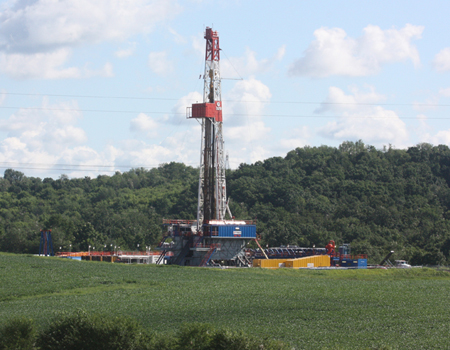
Since its publication and redistribution, a University of Toledo study that links the presence of radon in homes to proximity to fracking wells has been disputed by the Ohio Department of Natural Resources for using incorrect numbers in its evaluation.
The University of Toledo initially published its study midway through April. However, it wasn’t picked up by science and research websites, and even the Shale Gas Reporter, until the end of June. As its distribution spread, the data behind the study was questioned even less. It wasn’t until The Athens News took a closer look at the numbers to compose a local snapshot of the study that discrepancies were pointed out and the ODNR began working with the university to correct the errors.
After taking a closer look at the numbers referenced in the study, it’s clear they were predominantly derived from a singular source. The ODNR Division of Oil & Gas map the researchers pulled their data from contains accurate information; however, it doesn’t appear to have been read correctly.
From the map’s default view, only fracking wells appear to be marked. When you zoom in three times to take a closer look every well that has been permitted — even ones that have not been drilled — appears. One theory is that the University of Toledo researchers who worked on the study may have incorrectly counted the dots on the map, accidentally including more than just fracking wells in the data from which their study draws its conclusion.
If you’re interested in finding out more about fracking activity in your area, you can find up-to-date data on well drilling and permitting on the ODNR Division of Oil & Gas Resources Shale Well Drilling & Permitting page.
Resources
This post appeared first on Shale Gas Reporter.
